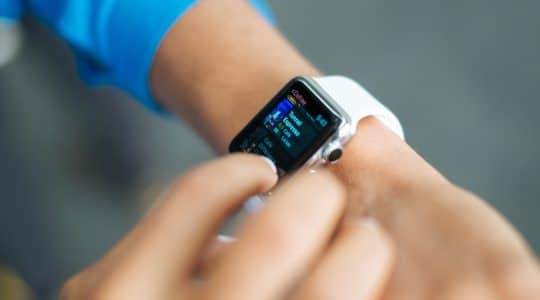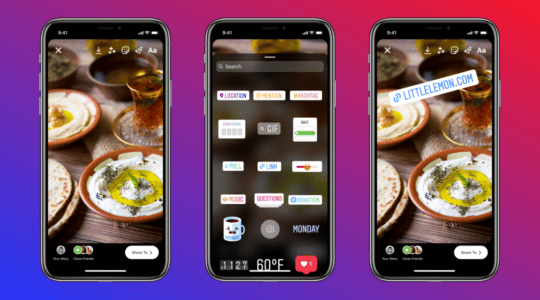This is a guest article provided to TUNE.
For the past decade I was one of those people on Thanksgiving; I ate my turkey, had a little pie, then bundled up and stood in line for hours for a few killer doorbuster deals. I’ve subscribed to every Black Friday email list, mapped out routes and yes – even scored some great deals. This year, though, I stayed home and went to bed at a normal hour for the first time. It wasn’t that the deals weren’t great – it was just that I could find them online from the comfort of my warm, cozy home.
Turns out, I wasn’t alone.
According to data from IBM’s Benchmark real-time reporting unit, which covers around 800 online retailers and millions of transactions, online sales in the U.S. this Thanksgiving were up nearly 20% (19.7%) from 2012. Mobile devices even accounted for over one-quarter (25.8%) of all sales on the day and nearly half of all e-commerce traffic.
In its report, IBM highlighted that shoppers’ use of mobile devices for purchases was up 9 percent over last year, and that mobile devices now account for 37 percent of all shopping traffic and 21 percent of online sales. In general, smartphones drove twice as much traffic as tablets, but tablet users actually placed 1.5x as many sales, accounting for 13.2 percent of online purchases compared to just 7.8 percent for smartphones.
Most interestingly, however, was IBM’s finding that iOS devices accounted for more than 4.5 times the total sales of Android or over an 80 percent share of mobile sales, with 17.3 percent of all online sales occurring on an Apple mobile device versus just 3.75 percent on Android products. IBM also found that iOS users spent an average of 18 percent more per order: $131.34 versus $111.35 for average Android sales.
Of course, the fact that iOS drove more sales isn’t necessarily surprising, even though Android runs on over 50% of mobile operating systems and iOS only on 21% in the U.S. Remember – even though smartphones drove twice as much traffic on Thanksgiving, tablets accounted for more purchases – and iOS runs on a whopping 80% of all tablets in the U.S. As most people who are using mobile to shop are clearly using iPads, it’s obvious that more purchases are going to come from iOS devices.
As more consumers are going to turn to their mobile devices to shop this holiday season, both retailers and advertisers need to make sure they are prepared. Not only should retailers’ sites be optimized for mobile devices so that customers can easily convert, but advertisers should be aware of the heightened presence of consumers on mobile devices (especially tablets) over the next few weeks and be ready to target and retarget on these mobile devices to also encourage conversions. There are a multitude of ways to do this, and despite the late start to the 2014 holiday season, it’s never too late to get started on a good ad campaign to acquire customers — especially when they are definitely going to make a purchase. In fact, this year it might even be easier than ever to drive those purchases online as advertisers know that consumers are not at the mall window shopping, but on their mobile devices making intentional purchases — which sounds like any mobile advertiser’s holiday wish come true.
Author
Becky is the Senior Content Marketing Manager at TUNE. Before TUNE, she handled content strategy and marketing communications at several tech startups in the Bay Area. Becky received her bachelor's degree in English from Wake Forest University. After a decade in San Francisco and Seattle, she has returned home to Charleston, SC, where you can find her strolling through Hampton Park with her pup and enjoying the simple things in life.




